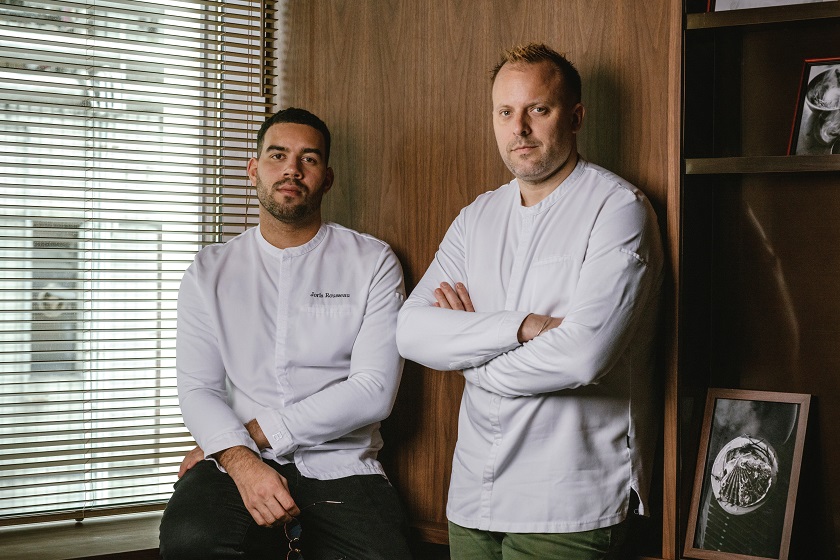Green property tech is emerging

The inaugural Green PropTech Innovator Challenge 2023 (“the Challenge”) came to a successful conclusion in July this year. As one of the judges, I was very happy with the creative solutions of the participating teams. Themed Reducing Carbon Footprint, this year's competition attracted more than 130 startup teams to participate, you can imagine how fierce the competition was.
At present, activities associated with buildings account for 90% of Hong Kong's total electricity consumption and produce more than 60% of carbon emissions. In the global trend of reducing emission, property developers and builders are paying more attention to environmental, social and governance (ESG) responsibilities, and the Challenge presents great opportunities to local startups aspiring to pursue a career in green property technology (PropTech).
The champion of the competition is a startup called blutech.io, whose artificial intelligence internet of things (AIoT) property management system prevents shopping mall users and hospital patients from fainting unnoticed in confined spaces such as toilets or nurseries. This has been adopted by many large enterprises and reported by the media.
On another aspect, the idea and concept of the second runner-up Grown Tech can be said to break new ground. The winning work “Smart Biophilic Design Platform” is a central database of three-dimensional (3D) green building elements, making it easier for architects and designers to add green elements when planning and designing buildings.
In recent years, biophilic design has emerged. By integrating daily life with nature, adding green and environmental protection elements from architectural concepts, interior design, ventilation, plant planting, activity space, natural light, humidity and wind direction to decoration materials, the goal of biophilic design is to strengthen the connection with nature, thereby reducing the mental pressure of occupants, alleviating fatigue and urban tension, and improving health as a result. At the same time, it reduces the adverse impact of buildings on the environment and achieves low-carbon or even zero-carbon buildings.
The Grown Tech team, established in 2022, has seen that in recent years, the society has paid more and more attention to sustainable development and green building solutions with horticulture and tree planting naturally forming an important element. But with an ageing population where young arborists are becoming fewer, the team hopes that technology can assist to solve the diminishing manpower problem.
The first task is to establish a comprehensive database of plant information to record the varieties of flowers and trees suitable for cultivation in Hong Kong. For example, are they good for outdoor, curbside, garden, indoor or exterior? What are their characteristics, growing requirements, flowering period, as well as how much sunlight, temperature and water do they need? What are the costs, uses, and maintenance tips? Digitising the horticultural information and building a database enable the use of technology more accurately and efficiently, so as to save money and reduce emissions.
With a detailed horticultural database, architects can combine geographic information system (GIS) and building information modelling (BIM) to assess the effectiveness and cost-effectiveness of different built environments on this intelligent biophilic design platform.
Seeing the creativity of many young real estate technology pioneers who participated in the competition, I am confident that whether they win the Challenge or not, they can still continue to contribute to reducing our carbon footprint and promoting the sustainable development of Hong Kong's construction and real estate industry.
-- Contact us at [email protected]
-

Integration of GIS and BIM can drive development of smart city Dr. Winnie Tang
The China Association for Geospatial Industry and Sciences (“the CAGIS”) released the Top Ten Highlights of China's Geographic Information Industry in 2023, which provides much inspiration. The
-

Equip young people for the future Dr. Winnie Tang
In late February, the inaugural flight of an air taxi from Shenzhen Shekou Cruise Homeport to Zhuhai Jiuzhou Port took only 20 minutes with an estimated one-way ticket price of 200 to 300 yuan per
-

Are we raising a generation of leaders, or of followers? Brian YS Wong
The essence of education is defined not by the facts it imparts, but the potential knowledge it inspires students to individually pursue on their own. Put it this way – the ideal form of education
-

The urgent need for reforms to sex education in Hong Kong Sharon Chau
Nearly one in every four university students (23%) in Hong Kong has been sexually harassed, according to a 2019 report published by the Equal Opportunities Commission (EOC). A 2019 study found that
-

STEAM should be linked to real life Dr. Winnie Tang
In the 2017 Policy Address, STEM (science, technology, engineering and mathematics) education was proposed as one of the eight major directions to promote I&T development. Since then, funding has















